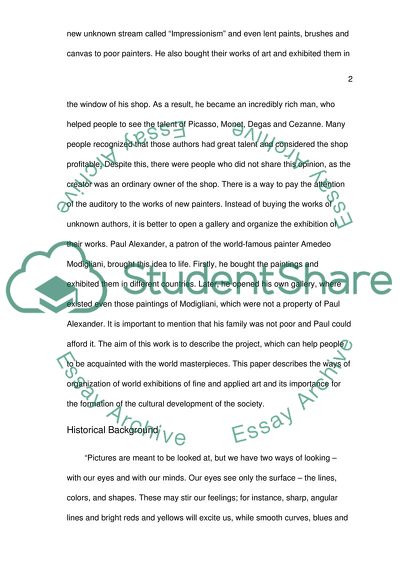Cite this document
(The Ways of Organization of World Exhibitions of Fine and Applied Art Research Proposal, n.d.)
The Ways of Organization of World Exhibitions of Fine and Applied Art Research Proposal. https://studentshare.org/visual-arts-film-studies/1835169-proposal
The Ways of Organization of World Exhibitions of Fine and Applied Art Research Proposal. https://studentshare.org/visual-arts-film-studies/1835169-proposal
(The Ways of Organization of World Exhibitions of Fine and Applied Art Research Proposal)
The Ways of Organization of World Exhibitions of Fine and Applied Art Research Proposal. https://studentshare.org/visual-arts-film-studies/1835169-proposal.
The Ways of Organization of World Exhibitions of Fine and Applied Art Research Proposal. https://studentshare.org/visual-arts-film-studies/1835169-proposal.
“The Ways of Organization of World Exhibitions of Fine and Applied Art Research Proposal”. https://studentshare.org/visual-arts-film-studies/1835169-proposal.


